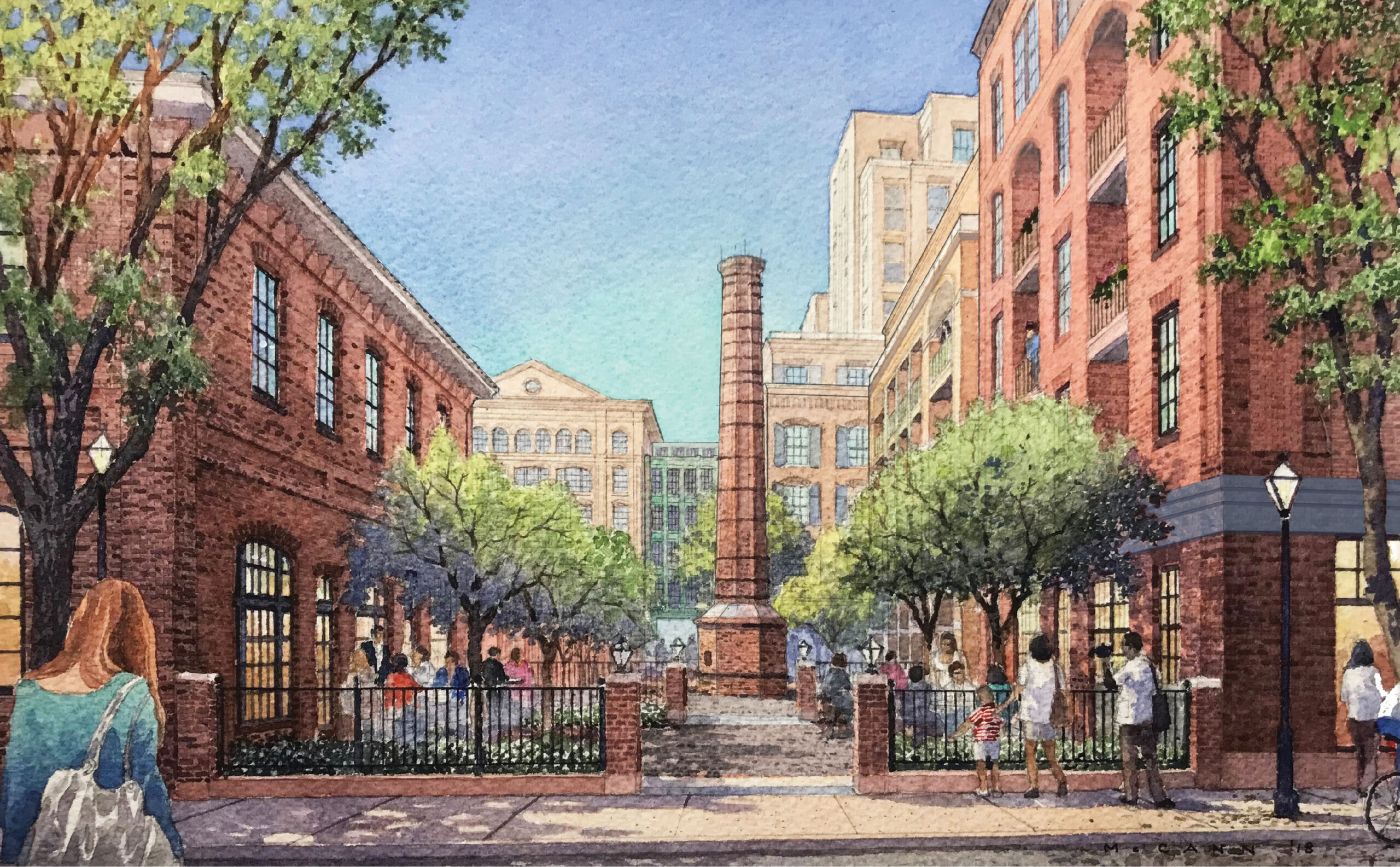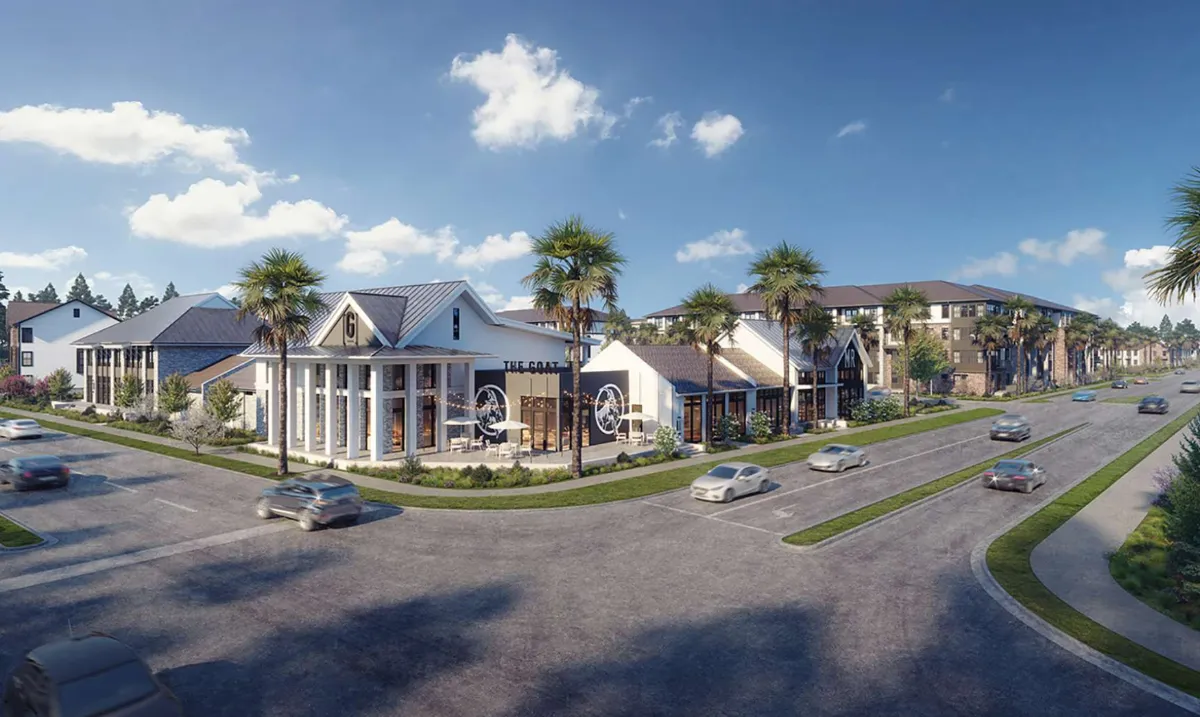News
See what’s happening at Lifestyle Communities
-

LC Welcomes Michael Jordan as Chief Investment Officer, Advancing a New Chapter in the Company’s Growth
Read More: LC Welcomes Michael Jordan as Chief Investment Officer, Advancing a New Chapter in the Company’s GrowthColumbus, Ohio, Oct. 30, 2025 — Lifestyle Communities (LC) is proud to announce the appointment of Michael Jordan as Chief Investment Officer (CIO). Jordan’s addition marks a pivotal moment in the company’s continued growth and evolution. In this role, Jordan…
-

LC Expands Tennessee Presence with Lebanon Groundbreaking
Read More: LC Expands Tennessee Presence with Lebanon GroundbreakingLebanon, Tenn., Oct. 24, 2025 — Lifestyle Communities (LC) has officially broken ground on its newest Tennessee community — LC Lebanon. A ceremonial groundbreaking was held on-site, drawing guests from the City of Lebanon, the Chamber of Commerce, and across…
-

LC Rides with Purpose: Supporting Pelotonia and the Fight to End Cancer
Read More: LC Rides with Purpose: Supporting Pelotonia and the Fight to End CancerSince its inception in 2008, Pelotonia has raised over $309 million for cancer research at The Ohio State University Comprehensive Cancer Center – Arthur G. James Cancer Hospital and Richard J. Solove Research Institute. LC is proud to stand alongside…
-

LC Breaks Ground on LC Leander, Expanding Its Footprint in Texas
Read More: LC Breaks Ground on LC Leander, Expanding Its Footprint in TexasLeander, Texas, May 7, 2025 — Lifestyle Communities (LC) officially broke ground yesterday on LC Leander, a new residential community located in the heart of one of Texas’s fastest-growing cities. The groundbreaking ceremony marked a significant milestone in LC’s continued…
-

LC Unveils Hard Hat Tours at LC Line & Low, Its Latest Luxury Community
Read More: LC Unveils Hard Hat Tours at LC Line & Low, Its Latest Luxury CommunityCharleston, SC – May 1, 2025 – Lifestyle Communities (LC) is pleased to announce the launch of exclusive hard hat tours at its newest luxury community, LC Line & Low, located at 40 Line Street in Charleston’s historic Peninsula neighborhood. …
-

LC Breaks Ground on LC Ingleside, Expanding Presence in Charleston Market
Read More: LC Breaks Ground on LC Ingleside, Expanding Presence in Charleston MarketCharleston, South Carolina, Dec. 9, 2024 — Lifestyle Communities (LC) proudly announced the groundbreaking of LC Ingleside, its second development in the Charleston market. Located in the dynamic community of North Charleston, this milestone underscores the company’s commitment to creating…